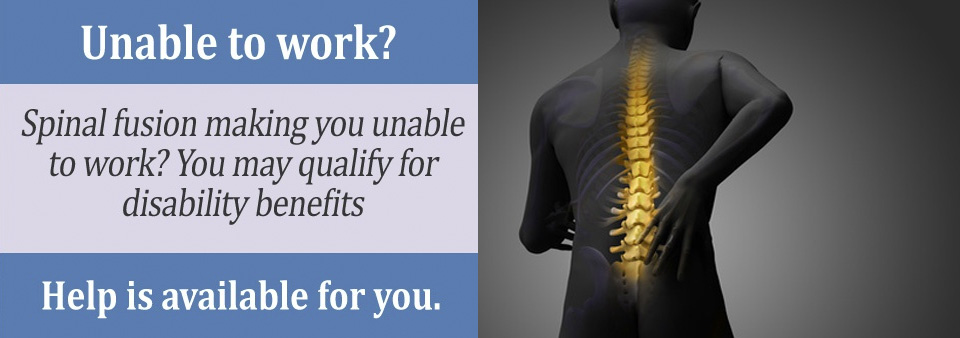Spinal fusion is a surgery you might undergo if you struggle with back pain. However, the surgery might not successfully alleviate your pain, and it may even cause greater discomfort, at least temporarily.
It’s possible your discomfort after a spinal fusion is so significant that it prevents you from working and earning an income. You may be eligible for disability benefits through the U.S. Social Security Administration if so. The following guide should answer your basic questions about the process and how to qualify.
Determine If You Meet A Blue Book Listing
The Blue Book is an SSA resource outlining the various medical conditions that might qualify someone for disability benefits. Per the Blue Book’s section on musculoskeletal disorders, someone who needs or has undergone a spinal fusion might be eligible for benefits in various potential circumstances.
For example, the Blue Book states that curvatures of the spine affecting musculoskeletal functioning may meet the criteria necessary to qualify an applicant for benefits. Additionally, an applicant may qualify if “a curvature of the skeletal spine is under continuing surgical management.”
Establish You Qualify Through Medical Records & Evidence
Be aware that the SSA typically denies initial applications for disability benefits. Although you can (and likely should) appeal the SSA’s decision if they deny your first application, you could strengthen your case by presenting as much medical evidence of your disability as possible when first applying.
The Blue Book offers more detailed information regarding the types of evidence the SSA may require you to present if you’re applying for benefits due to a spinal fusion. Generally, you might have to provide:
- Evidence from both medical and non-medical sources indicating you have a musculoskeletal disorder that prevents you from working
- Physical examination reports
- Imaging
- Relevant diagnostic tests
- Operative report(s) if you’ve undergone a spinal stenosis or other such surgical procedure
Again, this is just a general list. The SSA may ask you to provide additional documentation and evidence depending on the circumstances.

Keep Up With Treatment Plans
You need to demonstrate to the SSA that you’re not avoiding treatment. Some applicants might not keep up with treatment plans because they believe if they recover they will no longer be eligible for benefits.
Don’t make this mistake. When a medical professional recommends treatment, follow their advice thoroughly.
Fill Out an RFC
A Residual Functional Capacity (RFC) form for an individual who has undergone a spinal fusion procedure should describe their physical abilities and limitations. The purpose of this form is to illustrate how you can no longer work.
Your physician can complete an RFC form on your behalf. If they aren’t able or unwilling to, the SSA can connect you with another physician who may help.
Work With An Attorney
You will need to gather evidence or file an appeal with the SSA alone when seeking disability benefits due to a spinal fusion. Instead, a lawyer may complete these tasks for you, potentially boosting your odds of receiving the benefits you deserve. Complete a Free Case Evaluation to get in touch with an independent, participating attorney who subscribes to the website.